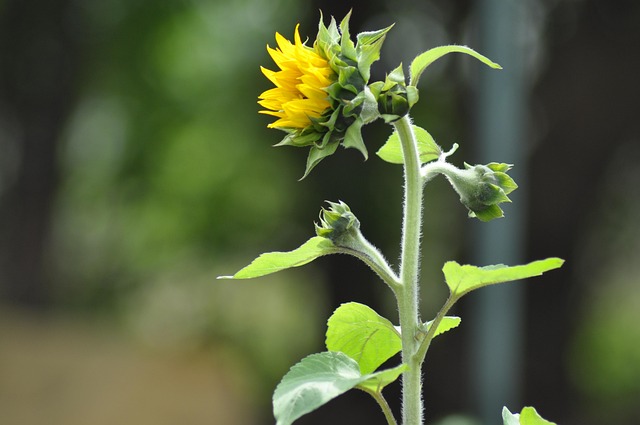The Eco-Friendly World of Community Gardening
In an era where environmental consciousness is more crucial than ever, community gardening stands out as a beacon of hope and sustainability. Imagine a patch of land where neighbors come together, hands in the soil, nurturing not only plants but also relationships and a shared vision for a greener future. This vibrant initiative cultivates a sense of belonging, fostering connections between individuals while promoting eco-friendly practices.
Environmentally, community gardens contribute significantly to the local ecosystem. They transform previously neglected spaces into lush havens filled with diverse flora, attracting pollinators like bees and butterflies. These gardens act as urban lungs, improving air quality and providing essential green spaces in densely populated areas. By growing food locally, community gardens help reduce carbon footprints associated with transporting produce, making them an environmental triumph.
Gardening itself is a rewarding activity, offering numerous benefits, both mental and physical. Digging into the earth, planting seeds, and watching your labor blossom into verdant life can be incredibly therapeutic. Community gardening promotes not only the joy of growing your own food but also the experience of sharing your harvest with others. There’s a unique satisfaction that comes from knowing that your efforts contribute to the community’s well-being, providing fresh, organic produce to families nearby.
The green revolution within community gardens extends beyond just growing food. These gardens often embrace eco-friendly practices, such as composting organic waste and using natural pest control methods. Community gardeners are at the forefront of sustainable agriculture, showcasing how innovative techniques can yield bountiful harvests while preserving the nature around us. By prioritizing biodiversity and the health of the environment, they remind us of our collective responsibility towards the planet.
When you step into a community garden, you’re not just entering a garden; you’re entering a vibrant tapestry woven by diverse hands and hearts. Individuals from all walks of life come together, each contributing their knowledge, skills, and passion. Whether it’s teaching children about the life cycle of plants or sharing recipes that highlight the day’s harvest, these interactions create a rich exchange of cultures and experiences, fostering inclusivity and understanding.
Moreover, community gardening encourages a deeper connection with food. In our fast-paced lives, it’s easy to lose sight of where our food comes from. However, working with the land fosters an appreciation for the effort that goes into cultivating each vegetable and flower. It challenges us to embrace seasonal eating, encouraging a diet that flourishes with the rhythms of nature, all while reducing reliance on industrial agriculture.
As we face the challenges of climate change and environmental degradation, the importance of community gardening cannot be overstated. It serves as a reminder that together, we can create a positive impact, one garden at a time. By cultivating these spaces, we not only enrich our environment but also weave a stronger social fabric, connecting hearts through the shared love of nature and sustainability.



